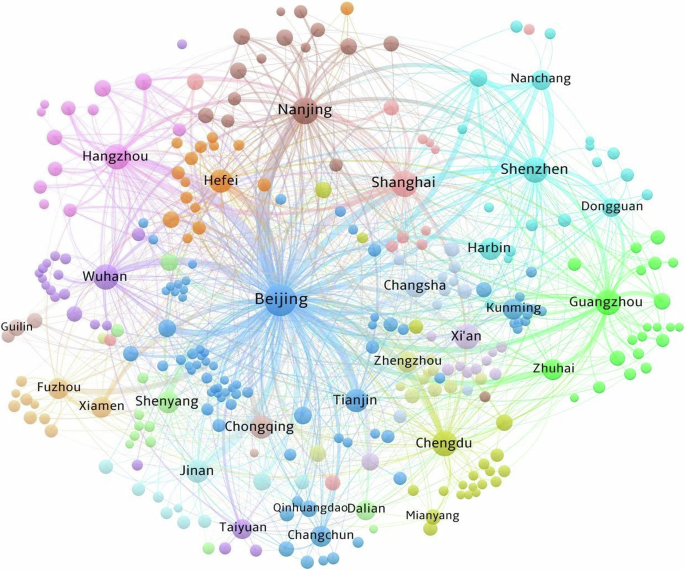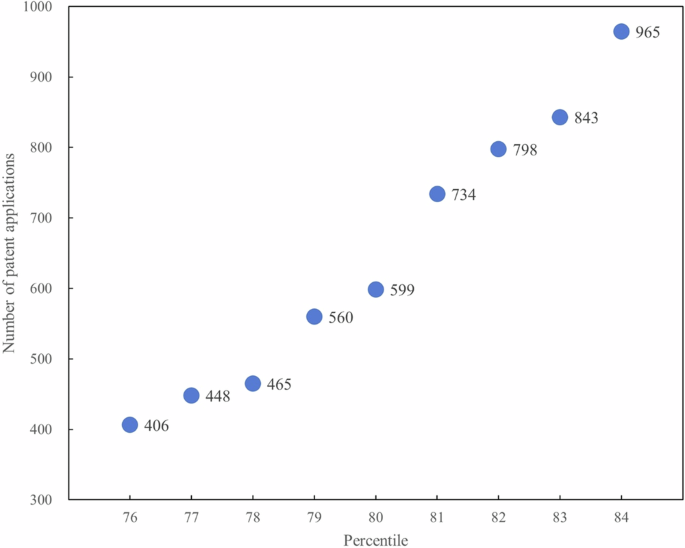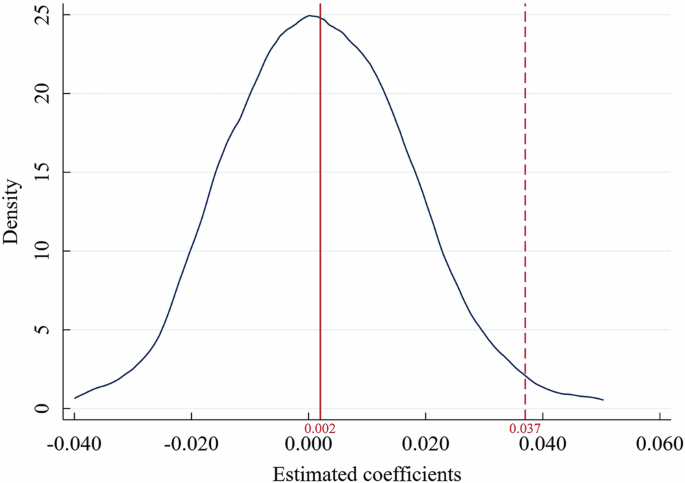Brand Stories
Asian Hotel Brands Are Transforming Luxury Hospitality
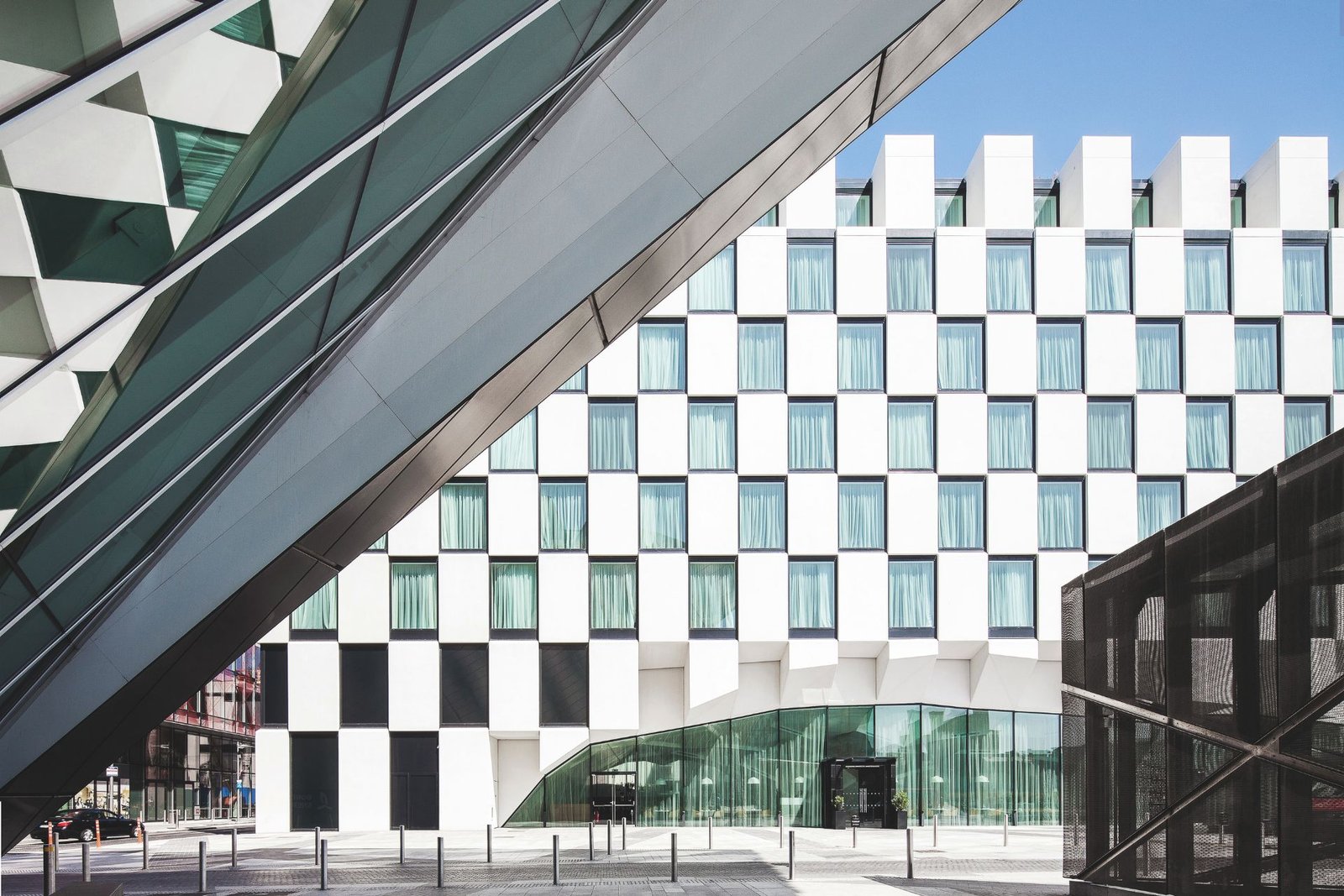
A host of Asian hotel brands are raising the bar when it comes to British and Irish luxury hospitality, says Gillian Rhys.
These Asian Hotel Brands Are Redefining The Five-Star Hotel Experience
When The Peninsula opened in Belgravia, the exact date was chosen by a feng shui expert and a traditional Chinese lion dance was performed to ensure good fortune. Just two of the factors that set apart this new addition from other luxury hotels in the UK and Ireland.
The Peninsula, founded in Hong Kong, is one of a new raft of luxury Asian hotel brands to open its first British location. At the same time, Raffles opened an outpost of the famed Singaporean hotel in the OWO in Whitehall; Thai brand Anantara acquired The Marker Dublin; and Charlton House in Somerset became part of Singapore-owned Montigo Resorts. Hot on their heels was the opening of Mandarin Oriental
Mayfair, a sleek, boutique alternative to the Hyde Park grande dame.
The Marker Dublin
What they bring is a superb level of service along with a significant focus on wellness, as anyone who has stayed in a five-star hotel in Asia will attest. ‘Asian hospitality is rooted in a deep cultural tradition of respect, warmth and genuine care,’ says Dalip Singh, CEO of Montigo Resorts. ‘In many Asian cultures, welcoming a guest is akin to welcoming family.’
Singh’s teams are trained to anticipate needs before they arise. ‘If we notice a guest is left-handed during a meal, we ensure their next dining experience is set up accordingly. A preferred side of the bed? Milk, no sugar, with your coffee? These small but meaningful touches created a seamless, personal experience.’ And there’s the rub: while bad service is easy to pinpoint, good service can take many subtle guises, which add up to more than the sum of their parts.
Whenever I’ve stayed at a Mandarin Oriental, I’ve noticed the housekeeping team always add thoughtful flourishes, such as providing a new microfibre cloth for my reading glasses or a stylish bookmark for my paperback. And when I checked into The Peninsula in Belgravia I was pleasantly surprised that every in-house restaurant already knew about a food allergy without me having to mention it, thanks to the helpful online customer requirements form I’d filled in ahead of my stay.
Before opening a hotel, The Peninsula takes a team of staff from an upcoming property to their flagship hotel for training. Ahead of The Peninsula London launch, the then CEO Clement Kwok (now executive director) of parent company Hongkong and Shanghai Hotels, told me: ‘When we open a new hotel, we also transfer task forces of experienced people from other Peninsulas into the local operating teams to ensure that everyone understands the true meaning of Peninsula service as soon as the hotel opens.’ Similarly, Anantara sends a Thai team to each new hotel for at least a year to train staff.
Attention to detail is also central to Estelle Manor in Oxfordshire and Gleneagles in Scotland, both owned by Indian-born Sharan Pasricha, who sees personalised service and wellness as pivotal to hospitality. When Pasricha bought Gleneagles, ‘the ambition was to surpass its glory days of the 1920s,’ says managing director Conor O’Leary.
‘We have worked incredibly hard to build on the truly personalised service we offer, making our guests’ experiences the best they’ve ever had, at any hotel, anywhere,’ adds O’Leary. ‘The very thing that makes Gleneagles so special is the tireless effort and commitment the expert team puts in.’
Under Pasricha’s ownership, the country estate has been steadily transformed including a redesigned spa, positioning Gleneagles as Scotland’s leading wellness destination. Wellness is a serious business for Asian hotels. For Anantara, whose gorgeous Phuket spa stood in for the one in the latest series of The White Lotus, wellness is ingrained in its DNA, including at The Marker Dublin – though here, rather than over-water pavilions, the spa is slickly contemporary as befits its urban setting. Montigo Resorts brought its group general manager for wellness, Warsiyah Kasmudi (Yaya), from Indonesia to its Somerset hotel: ‘Yaya brings an extraordinary depth of knowledge in Asian healing traditions and she trains our team in authentic Asian wellness techniques and service culture,’ says Singh.
When Hong Kong billionaire Gerald Chan bought Heckfield Place in Hampshire, he always envisaged adding a major wellness component. The country house hotel now includes The Bothy, a stunning haven found beyond the bucolic estate’s walled garden. The beautifully designed 17,000sq/ft space includes treatment rooms, hydrotherapy and thermal experiences, as well as gym and yoga studios. Last year, The Bothy introduced bespoke retreats (a week before arrival, guests are given a one-to-one mind and body assessment via Zoom by an eco-psychologist), which have proved popular.

The Marker Dublin
Also several years in the making is the staggering Eynsham Baths at Estelle Manor. Although inspired by Roman bathhouses, Pasricha and his wife, Eiesha Bharti, drew on their Indian heritage for many of the treatments. Among them are the marma chikitsa with chakra healing and a potli massage using ayurvedic principles. The Peninsula, Raffles and the Mandarin Oriental Mayfair have all dug deep – literally – to create sublime subterranean spas and wellness spaces. This summer another renowned Thai brand, Six Senses, is due to open its first UK hotel in Bayswater and the Hong Kong-owned Rosewood group will open its second – The Chancery in Mayfair – both promising impressive spas.
No wonder long-standing luxury hotels in London are upping their game to compete. The cavernous new spa at Claridge’s is designed by Hong Kong architect André Fu and inspired by his travels to Japanese temples and zen gardens. Each treatment begins with a gentle foot bath in rice water. The Ritz is the latest to embark on a spacious underground spa and The Dorchester recently refurbished its guest rooms and suites (complete with those wondrous Japanese loos that are de rigueur in Asian establishments), and beefed up its spa treatments. The Savoy London has introduced rotating Wellbeing Residencies by visiting specialists.
With more eastern competition still to come (India’s Oberoi is planning its first UK hotel and the Mandarin will open its third in London, on the South Bank), expect a trickle-down effect on hotels throughout the UK and Ireland – hopefully including those Japanese loos.
Brand Stories
The biochemist’s path to artificial intelligence
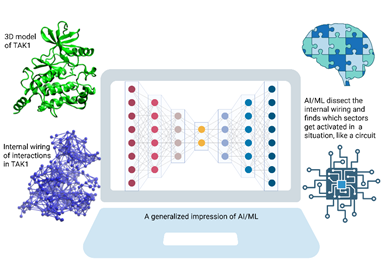
Proteins, which are assemblies of numerous atoms forming the building blocks of life, demonstrate cognitive-like responsiveness.
Traditionally, intelligence is thought of as a trait exclusive to complex higher organisms with nervous systems like humans and apes. It involves cognition, learning, and the ability to respond to stimuli with adaptation or intention.
A team from Bose Institute, an autonomous institute of the Department of Science and Technology (DST) set out to examine whether a molecule composed on an assembly of atoms mimic intelligent behaviour at the very basic level.
The research led by Prof. Shubhra Ghosh Dastidar, involving his student Nibedita Ray Chaudhuri, worked on TAK1 kinase, a protein known for its role in cellular stress signaling and crucial to immune response, inflammations and even for the survival of cells. They observed that such highly organized assembly of atoms in specific cases, can develop such potential, even at a very rudimentary level.
The discovery, which is now published in Journal of Chemical Information and Modeling is an outcome of the handshaking between Biochemical research and Machine Learning (ML); the latter is a subset of Artificial Intelligence (AI) based methods. The work is a classic example of an interdisciplinary approach and forms a part of a trilogy on TAK1, published during 2023-2025.
Proteins are composed of thousands to millions of atoms suitably bonded to form polymeric chains of compounds called amino acids, but they become functionally alive only when those chains fold into a specific 3D compact form, called native state. It happens through the formation of enormous number of tiny electrostatic interactions between the atoms.
The collective pattern of this internal wiring is unique to a specific protein whose memory is coded into its so called ‘primary sequence’, and it gets updated across evolution yielding newer characteristics.
The findings of the researchers of Bose Institute highlight that this internal wiring in TAK1 not only makes it ‘functional’ but also creates a pseudo-intelligence enabling it to deploy its own machinery in a context dependent manner.
The internal wiring of interactions can process signals like chemical modifications as well as remotely sensed physical inductions by another molecules through different routes of its internal circuits of interactions, to trigger the TAK1’s function.
Fig : A schematic representation, showing the TAK1 structure as well as its internal atom-atom interactions. AI/ML, working in a computer, looks at it to find how the internal wring responds in a context dependent manner. [Created in BioRender. Ghosh Dastidar, S. (2025) https://BioRender.com/y0zf9lh]
TAK1 kinase is extremely important for immune response, inflammations and even for the survival of cells, and so its machinery is a target for drug molecules.
While the identification of the intelligent machinery of an important drug target itself opens up enormous possibilities of its future applications towards human benefit, it is also of fundamental importance in the biochemical science to extend the dogma of ‘sequence-structure-function’ to the possibility of ‘sequence-structure-function-intelligence’ for molecule specific cases.
Publication link: https://doi.org/10.1021/acs.jcim.5c00529
For more details, contact Prof. Shubhra Ghosh Dastidar (Email: sgd[at]jcbose[dot]ac[dot]in).
Brand Stories
Industry policies and technological innovation in artificial intelligence clusters: are central positions superior?
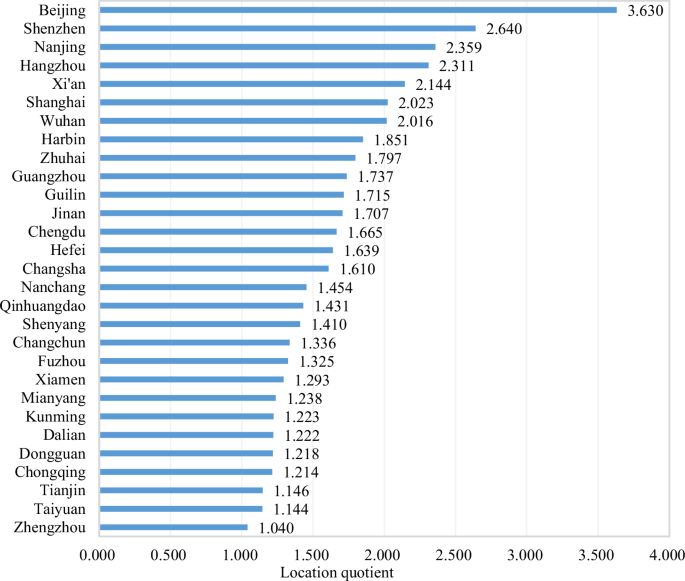
Cluster identification
This research calculates the LQ of innovation output across the administrative regions in the AI industry. The results show that there are thirty-three cities whose LQ is greater than 1.Footnote 17 Four regions (Fuxin, Jilin, Sanya, and Shanwei) that do not meet the threshold of the innovation scale are excluded.Footnote 18 The twenty-nine retained regions (Beijing, Shenzhen, Nanjing, Hangzhou, Xi’an, Shanghai, Wuhan, Harbin, Zhuhai, Guangzhou, Guilin, Jinan, Chengdu, Hefei, Changsha, Nanchang, Qinhuangdao, Shenyang, Changchun, Fuzhou, Xiamen, Mianyang, Kunming, Dalian, Dongguan, Chongqing, Tianjin, Taiyuan, and Zhengzhou) are regarded as potential AI clusters. The potential AI clusters are illustrated in Fig. 2.
To investigate the local and external innovation connections of potential AI clusters, we calculate the total volume of intraregional and interregional collaborations for these clusters, respectively. The outcomes are depicted in Table 1. The high total volume of intraregional collaborations in clusters such as Beijing, Shenzhen, Nanjing, Guangzhou, Shanghai, Hangzhou, Zhuhai, Wuhan, Chengdu, Tianjin, Jinan, and others indicates their focus on internal innovation activities. The high total volume of interregional collaborations among clusters such as Beijing, Nanjing, Shenzhen, Hangzhou, Shanghai, Guangzhou, Wuhan, Chengdu, Jinan, Tianjin, Nanchang, Hefei, and others indicates their emphasis on external resource acquisition. In conclusion, all twenty-nine potential AI clusters have both intraregional and interregional innovation collaborations, satisfying the criteria for cluster identification.
Because the total volume of interregional collaborations exceeds that of intraregional collaborations in each AI cluster, we can conclude that interregional cooperation is the main form of collaboration for AI clusters. Further, the innovation network of interregional cooperation is constructed in this research. To be specific, we match each region involved in interregional cooperation patents with other regions.Footnote 19 Connections containing the AI clusters are regarded as network edges. Using the total collaboration volume as the weight of network nodes and the number of collaborations as the weight of network edges, we depict the innovation network for the AI clusters in Fig. 3. We find that the innovation network containing the AI clusters is highly dense. Beijing occupies an absolutely central position. The roles of Nanjing, Hangzhou, and Shanghai as significant cities in Eastern China are prominently highlighted. Shenzhen and Guangzhou, two major cities in Southern China, serve as pivotal hubs. Wuhan and Chengdu, representing Central and Western China, respectively, actively engage in innovation collaborations with other areas.
Descriptive statistics
This study performs descriptive statistics for all the variables. The outcomes are displayed in Table 2. The mean values of TI, IP, and NC are 5.898, 2.006, and 2.682, respectively. Moreover, the standard deviations of TI and IP are relatively high, which elucidates that gaps in both TI and IP exist across different AI clusters.
Correlation analysis
We observe a positive correlation between IP and TI from Table 3, which indicates that IP may enhance TI in the AI clusters. The correlation coefficients between each variable are less than 0.800. In addition, this research conducts a variance inflation factor (VIF) test. The maximum VIF of 3.410 is lower than 10, illustrating that there is no severe concern about multicollinearity in this study (e.g., Chen et al., 2024).
Regression analysis
The results of regression analysis of IP and TI are reported in Table 4. All p-values of AR(1) are less than 0.1, while those of AR(2) are greater than 0.1, indicating the presence of first-order autocorrelation but the absence of second-order autocorrelation in the random disturbance term. We thus accept the null hypothesis of “no autocorrelation in the random disturbance term”. Furthermore, the p-values of the Sargan test are all greater than 0.1, which illustrates that the problem of overidentification of instrumental variables does not exist, thereby allowing for estimation using System-GMM.
Model l contains only the control variables. The results displayed in Model 2 indicate that the coefficient of IP on TI is 0.037 and significant. IP can promote TI in the AI clusters. That is, the positive effects of IP on TI dominate over the negative ones. Moving on to Model 3, the interaction between IP and NC (i.e., IP*NC) is significantly negative, which illustrates that the high NC of clusters diminishes the positive impact of IP on TI in the AI clusters. Further, this paper visualizes the moderating effect of NC on the IP–TI connection. As shown in Fig. 4, IP responds to less TI with a high value of NC.
Robustness checks
Sensitivity analysis
Quartiles are a scientifically and widely used classification method. In this section, we use the third quartile (i.e., the 75th percentile) instead of the 80th percentile for reidentifying potential clusters. The 75th percentile of patent applications for all regions is 386. The four regions (Fuxin, Jilin, Sanya, and Shanwei) are still excluded (see Supplementary Table B), which is consistent with the conclusion in Section “Cluster identification”. In addition, to avoid overlapping with the 75th percentile, we allow a fluctuation of ±4 percentage points around the 80th percentile and conduct multiple tests between the 76th and 84th percentiles. The results are shown in Fig. 5. The threshold for patent applications falls between 374 and 969 when a certain degree of error exists, and the aforementioned four regions remain excluded. Therefore, the conclusion of the twenty-nine AI clusters identified in this paper is robust.
Placebo test
Conducting a placebo test serves to rule out the possibility that random factors unrelated to IP account for the observed effects, thereby guaranteeing a more reliable estimation. Drawing on the study of Zeng et al. (2024), we randomly shuffle IP across all clusters and then estimate the impact of randomly assigned IP on TI using System-GMM regression. This procedure is repeated 1000 times. If the correlation between IP and TI still exists, the previous conclusions are due to randomness rather than IP. The kernel density of the estimated coefficients plotted in Fig. 6 indicates that the coefficient of IP is 0.002, which is far from the real IP coefficient of 0.037. Therefore, the improvement of TI is driven by IP, not by random factors.
Policy penetration
Measuring IP by the number of incentive policies may not reflect implementation rigor. Enterprises act as the principal agents of innovation (Lei and Xie, 2023). To assess the impact of IP more accurately, we examine whether IP effectively reaches enterprises in practice. To be specific, the penetration process for IP is achieved in the following sequence: the release of IP documents, the government support (GS) obtained by enterprises, and the generation of TI. Drawing on the study of Xu et al. (2023), this article constructs the following mediation effect model:
$${{\rm{TI}}^{\wedge}}_{\rm{jt}}={\varphi }_{1}+{\lambda }_{1}{{{\rm{TI}}}^{\wedge}}_{{\rm{jt}-1}}+{{\rm{cIP}}}_{{\rm{jt}}}+{\gamma }_{11}{{\rm{Control}}}_{{\rm{jt}}}+{\eta }_{{\rm{j}}}+{\varepsilon }_{{\rm{jt}}}$$
(4)
$${\rm{G}}{S}_{{\rm{jt}}}={\varphi }_{2}+{\lambda }_{2}{\rm{G}}{S}_{{\rm{jt}}-1}+{{\rm{aIP}}}_{{\rm{jt}}}+{\gamma }_{21}{{\rm{Control}}}_{{\rm{jt}}}+{\eta }_{{\rm{j}}}+{\varepsilon }_{{\rm{jt}}}$$
(5)
$${{\rm{TI}}^{\wedge}}_{\rm{jt}}={\varphi }_{3}+{\lambda }_{3}{{{\rm{TI}}}^{\wedge}}_{{\rm{jt}-1}}+{{\rm{c}}^{\prime} {\rm{IP}}}_{{\rm{jt}}}+{\rm{bG}}{S}_{{\rm{jt}}}+{\gamma }_{31}{{\rm{Control}}}_{{\rm{jt}}}+{\eta }_{{\rm{j}}}+{\varepsilon }_{{\rm{jt}}}$$
(6)
where \({{{\rm{TI}}}^{\wedge}}_{\rm{jt}}\) represents the number of invention patent applications of enterprise \({\rm{j}}\) in year \({\rm{t}}\). \({{\rm{IP}}}_{{\rm{jt}}}\) is the number of incentive policies in the cluster where enterprise \({\rm{j}}\) is located. \({{\rm{GS}}}_{{\rm{jt}}}\) is measured by the government subsidies of enterprise \({\rm{j}}\) (e.g., Chen and Wang, 2022b). \({\text{Control}}_{\text{jt}}\) represents control variables, including enterprise profitability (EP), capital structure (CS), and operating capacity (OC). EP is calculated by the return on total assets (e.g., Chen and Wang, 2022a). The asset‒liability ratio stands for CS (e.g., Peng and Tao, 2022). OC is represented by the asset turnover ratio (e.g., Xu and Chen, 2020). The other symbols serve the same purpose as Eq. (3).
The mediation mechanism is plotted in Fig. 7. If the coefficients c, a, and b are all significant, GS has a mediating effect (Zhong and Zhang, 2024).
We acquire an AI enterprise list from the China Stock Market and Accounting Research (CSMAR) database.Footnote 20 Based on geographical location, we select 125 firms within clusters as our research samples.Footnote 21 The enterprise data come from the CSMAR database. System-GMM estimation is applied to investigate the mediating impact of GS. As displayed in Table 5, all p-values for AR(1) are less than 0.1, while those for AR(2) and the Sargan test exceed 0.1; thus, the adoption of System-GMM is appropriate. The results show that the coefficients for IP → TI^, IP → GS, and GS → TI^ are all significantly positive at the 1% level. Hence, IP promotes TI^ by strengthening GS. The conclusion verifies the penetration effect of IP.
Changing the regression model
Poisson regression is usually used for models where the dependent variable is count data. In this study, the dependent variable is “excessively dispersed”, i.e., the mean is less than the variance.Footnote 22 We thereby adopt negative binomial regression. The results displayed in Table 6 indicate that the coefficient of IP is significantly positive and that the coefficient of interaction between IP and NC is significantly negative. Therefore, the empirical outcomes of this research are reliable.
Brand Stories
When Trump Turns Artificial Intelligence into a Political Weapon

Tehran – BORNA – At the core of this plan is the Trump administration’s clear attempt to centralize power at the federal level and eliminate state authority in AI regulation. In the initial version of a new tax bill, a provision was included that would have banned any state-level AI legislation for 10 years. Although this provision was removed by the Senate with a decisive vote of 99 to 1, Trump continues to pursue this goal through indirect means.
Under this plan, only states that do not have “heavy” regulations on AI would be eligible for AI-related funding. However, the concept of “AI-related funding” is so vague that, according to experts, any discretionary funding, from broadband financing to support for schools and infrastructure, could fall under this definition.
Grace Gaddy, a policy analyst, warned that this ambiguity is intentionally designed to put states in a complicated position.
Will the FCC Become the Regulator of AI?
A more concerning part of the plan is where the President calls for the involvement of the Federal Communications Commission (FCC) in regulating AI. According to the plan, the FCC must examine whether state regulations pose a barrier to the agency’s duties under the Communications Act of 1934. However, the FCC has no prior experience in regulating algorithms, websites, or social networks and is not even considered a privacy authority.
Cody Vancek, senior policy advisor at the American Civil Liberties Union (ACLU), stated, “The idea that the FCC would have oversight over AI is nothing but a distortion of the Communications Act. This agency is not a comprehensive technology regulator, and such authority has not been defined for it.”
One of the new executive orders signed by Trump in line with this plan is titled “Preventing Woke AI in the Federal Government,” which prohibits government agencies from using AI systems with “ideological bias.” The order stipulates that large language models must be “neutral, nonpartisan,” and “truth-seeking,” avoiding the reproduction of values such as diversity, equity, and inclusion (DEI).
Indirect Pressure on Technology Companies
While the government is trying to impose its ideological standards on AI providers, companies are facing a major challenge, including receiving government contracts or the risk of losing access to the massive government market.
OpenAI has introduced a version of ChatGPT specifically for government agencies called “ChatGPT Gov,” and XAI has launched “Grok for Government.” If these models are designed based on the government’s requirements, we will likely soon see the impact of these policies in public versions as well.
Legal or Illegal? That Is the Question
Many experts believe that the Trump administration’s attempt to prevent state-level AI regulation is likely legally indefensible. However, when a government repeatedly violates the law and the judiciary fails to take a stand, the “illegality” no longer serves as an effective deterrent.
About the author: Fateme Moradkhani covers technology, surveillance, and AI ethics for Borna News Agency, with a focus on global cyber power and digital militarization.
End article
-

 Brand Stories2 weeks ago
Brand Stories2 weeks agoBloom Hotels: A Modern Vision of Hospitality Redefining Travel
-

 Brand Stories2 weeks ago
Brand Stories2 weeks agoCheQin.ai sets a new standard for hotel booking with its AI capabilities: empowering travellers to bargain, choose the best, and book with clarity.
-

 Destinations & Things To Do3 weeks ago
Destinations & Things To Do3 weeks agoUntouched Destinations: Stunning Hidden Gems You Must Visit
-

 Destinations & Things To Do2 weeks ago
Destinations & Things To Do2 weeks agoThis Hidden Beach in India Glows at Night-But Only in One Secret Season
-

 AI in Travel3 weeks ago
AI in Travel3 weeks agoAI Travel Revolution: Must-Have Guide to the Best Experience
-

 Brand Stories1 month ago
Brand Stories1 month agoVoice AI Startup ElevenLabs Plans to Add Hubs Around the World
-

 Brand Stories4 weeks ago
Brand Stories4 weeks agoHow Elon Musk’s rogue Grok chatbot became a cautionary AI tale
-

 Brand Stories2 weeks ago
Brand Stories2 weeks agoContactless Hospitality: Why Remote Management Technology Is Key to Seamless Guest Experiences
-

 Asia Travel Pulse1 month ago
Asia Travel Pulse1 month agoLooking For Adventure In Asia? Here Are 7 Epic Destinations You Need To Experience At Least Once – Zee News
-

 AI in Travel1 month ago
AI in Travel1 month ago‘Will AI take my job?’ A trip to a Beijing fortune-telling bar to see what lies ahead | China










